A marine microalgae-based aquaculture industry could have both nutritional and environmental sustainability advantages over various current food production systems
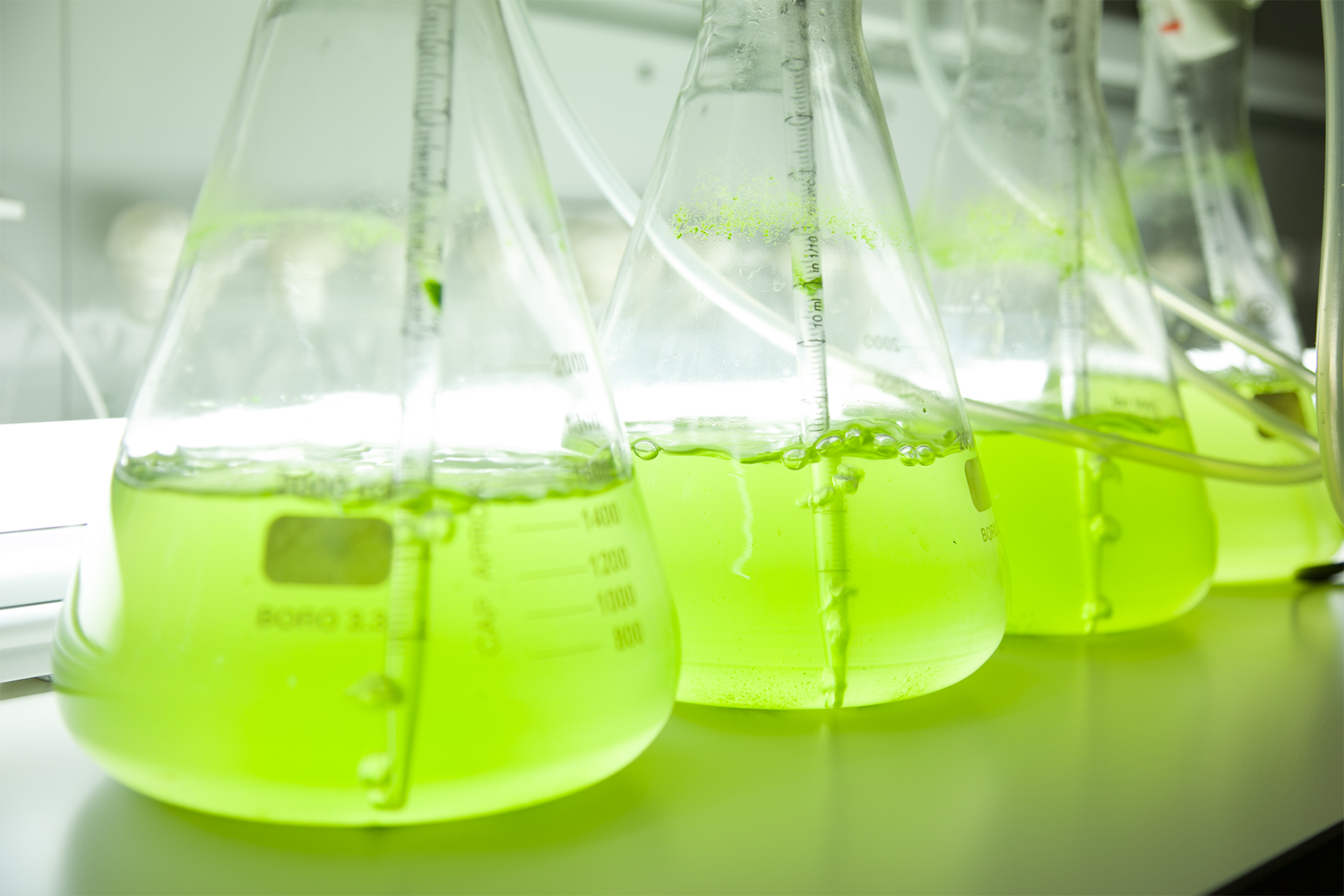
With the world’s population approaching 10 billion people by 2050, global food production will need to increase by more than 50 percent to meet humanity’s projected nutritional demand. Currently, terrestrial agriculture provides the backbone of the global food production system. However, agriculture’s potential to close the projected mid-century nutritional gap will be constrained by its negative impacts on climate, land use, freshwater resources and biodiversity.
If we turn to the ocean to try to close this nutritional gap, then we are immediately confronted with the realization that most wild-capture fisheries are already fully exploited or overexploited. Increased production from current aquaculture practices is an option, but another potential solution to the food production problem that could have both nutritional and environmental sustainability advantages would be to shift the focus of aquaculture down the marine food chain to microalgae.
This article – adapted and summarized from the original publication (Greene, C.H. and C.M. Scott-Buechler. 2022. Algal solutions: Transforming marine aquaculture from the bottom up for a sustainable future. PLoS Biol 20(10): e3001824) – presents the perspective that shifting the focus of marine aquaculture down the food chain to algae could help meet projected global nutritional demands while simultaneously improving overall environmental sustainability and ocean health.
Microalgae advantages
As a large polyphyletic (taxonomic groups that have similar character states that descend from one or more ancestral lineage) group with many unstudied species, microalgae offer a potentially substantial, mostly untapped source of high-quality nutrition. With many species possessing protein contents exceeding 40 percent of their dry mass, microalgae typically provide a better source of nutritional protein and essential amino acids than terrestrial plants. In addition, they provide certain micronutrients, including vitamins, antioxidants, omega-3 polyunsaturated fatty acids, and minerals, that are difficult to derive from other nutritional sources.
Similar to soy, microalgae-derived protein powders can be incorporated into the supply chains for producing dairy and meat substitutes as well as pasta and baked goods. Most importantly, because of their high productivity, typically 1 to 2 orders of magnitude greater than terrestrial plants, marine microalgae cultivated in onshore aquaculture facilities have the potential to meet all of the global protein demand projected for 2050.
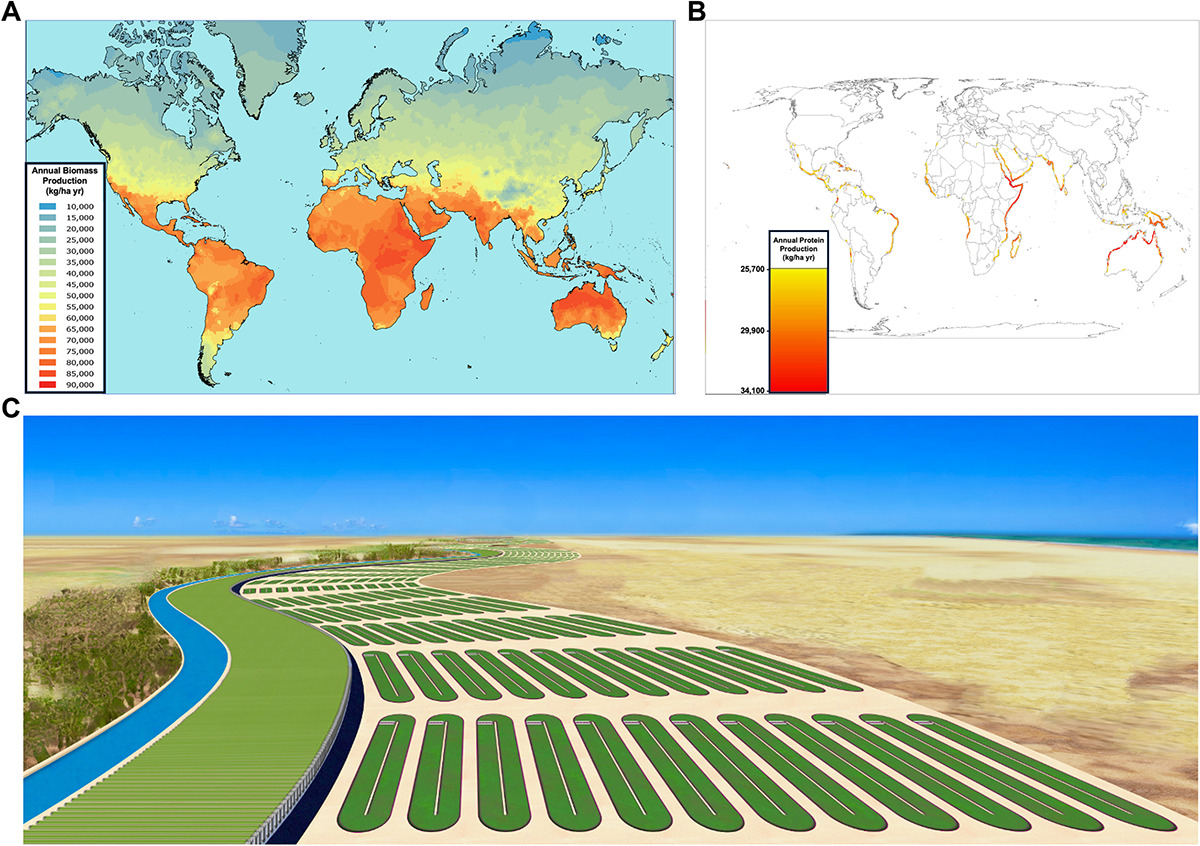
Benefits to ocean health
A marine microalgae-based aquaculture industry also has the potential to reduce some of the greatest threats to ocean health. Anthropogenic carbon dioxide (CO2) emissions pose the greatest long-term threat to global ocean ecosystems.
Greenhouse warming is increasing the intensity, frequency, and duration of marine heat waves in the upper ocean. In turn, these marine heat waves are leading to coral bleaching, marine disease outbreaks, and species’ range shifts. Deeper in the ocean, warming temperatures are leading to deoxygenation and the expansion of oxygen minimum zones, both of which are detrimental to organisms with aerobic metabolisms. And finally, the rapid rise in atmospheric CO2 concentration is driving ocean acidification, which currently is having its greatest impacts in colder, high-latitude marine ecosystems, but will be impacting all upper ocean ecosystems by the end of the 21st century.
As part of an emerging marine circular bio-economy, the development of a marine microalgae-based aquaculture industry can diminish these threats by reducing CO2 emissions and enhancing CO2 removal efforts. The land-use changes arising from shifting a portion of our food production system from terrestrial agriculture to microalgae-based aquaculture could lower global CO2 emissions significantly. In addition, emissions could be further reduced by using microalgae to produce fuels and other products currently derived from petroleum.
However, for the full benefits of such emission reductions, it will be critical that the CO2 utilized in the cultivation process is derived from the atmosphere and not from fossil sources. This is not as simple as it sounds. When growing at optimal rates, microalgae take up ionic forms of CO2 more rapidly than they can be replaced by the diffusion of CO2 gas across the air-water interface of open-cultivation systems. This means that CO2 must be added regardless of whether the cultivation system involves open ponds or closed photobioreactors. Presently, CO2 is more readily available and less expensive when derived from fossil sources. Innovation will be required to make atmospherically derived CO2 an economically viable alternative.
Several studies have suggested that deriving the necessary CO2 could be achieved by integrating microalgae cultivation facilities with direct air capture (DAC) or bioenergy with carbon capture and storage technologies.
Current DAC approaches are prohibitively expensive for this purpose; however, integrating DAC with concentrated solar power or other emerging renewable energy technologies could provide a cost-effective approach for simultaneously producing high-value commodity products, generating power and capturing CO2.
More sustainable fisheries
Furthermore, a marine microalgae-based aquaculture industry could improve the sustainability of wild-capture fisheries. Not only could such an industry reduce the pressure to overexploit wild stocks for human consumption, but also it could reduce the demand for fishmeal and fish oil used in aquafeeds for today’s finfish- and shellfish-dominated aquaculture industry.
The production of fishmeal and fish oil replacement products from marine microalgae could potentially reduce the global wild-capture fisheries harvest by up to 30 percent and generate a global market value approaching U.S. $6.5 billion in annual net income. That potential aquafeed income would correspond to 2.6 percent of today’s global seafood industry’s market value, demonstrating that marine microalgae-based aquaculture could become good for business as well as for human nutrition and ocean health.
Perspectives
Regardless of its potential nutritional and environmental benefits, a marine microalgae-based aquaculture industry will need to challenge incumbent industries in the food sector for market share. The financial headwinds faced by this new industry will be stiff because it must meet this challenge before its technologies are completely mature and before it can achieve the full benefits of scale.
On the positive side, these are the same green premium challenges faced and overcome by the solar and wind energy industries in their early days. Financial investments and market incentives provided by state and federal governments can help reduce this green premium until the playing field is level. The future function of algae-based solutions in achieving global food security and environmental sustainability will depend on the actions taken by governments today.
Now that you've reached the end of the article ...
… please consider supporting GSA’s mission to advance responsible seafood practices through education, advocacy and third-party assurances. The Advocate aims to document the evolution of responsible seafood practices and share the expansive knowledge of our vast network of contributors.
By becoming a Global Seafood Alliance member, you’re ensuring that all of the pre-competitive work we do through member benefits, resources and events can continue. Individual membership costs just $50 a year.
Not a GSA member? Join us.
Authors
-
Charles H. Greene, Ph.D.
Corresponding author
Professor Emeritus
Department of Earth & Atmospheric, Sciences, Cornell University, Ithaca, NY, USA, and
Senior Research Fellow, Friday Harbor Laboratories, University of Washington, Friday Harbor, WA, USA
[117,100,101,46,108,108,101,110,114,111,99,64,50,103,104,99]
-
Celina M. Scott-Buechler
Ph.D. student
School of Earth, Energy & Environmental Sciences, Stanford University, Palo Alto, California, United States of America
Tagged With
Related Posts
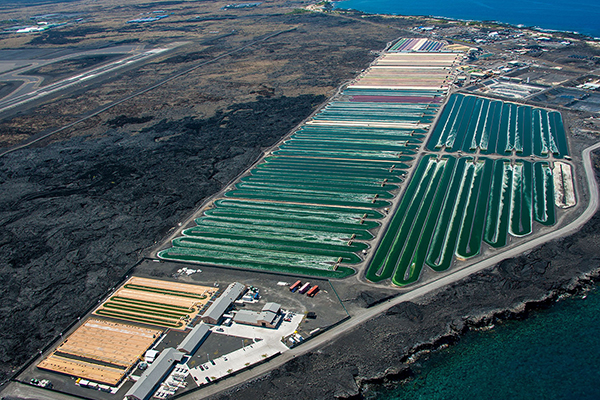
Responsibility
A circular economy approach to transform the future of marine aquaculture
Marine microalgae-based aquaculture has the potential to provide greater than 100 percent of global protein demand by 2050.

Aquafeeds
A new nutrient for aquaculture, from microbes that consume carbon waste
Biotechnology firm NovoNutrients aims to produce a line of nutraceutical aquafeed additives as well as a bulk feed ingredient that can supplement fishmeal. Its process includes feeding carbon dioxide from industrial gas to a “microbial consortium” starring hydrogen-oxidizing bacteria.
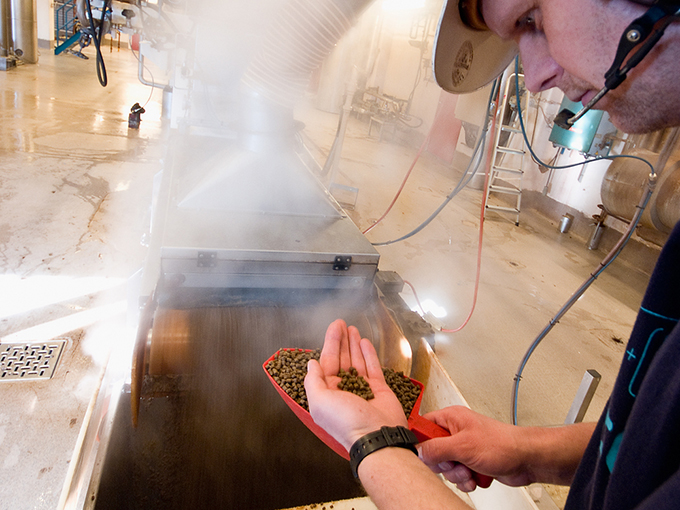
Aquafeeds
Is TerraVia Silicon Valley’s answer to sustainable seafood?
Like so many innovative solutions achieved in digital technology, a potential fix to aquaculture’s existential issue – the sustainability of feeds – was born in Silicon Valley. In a garage, no less.
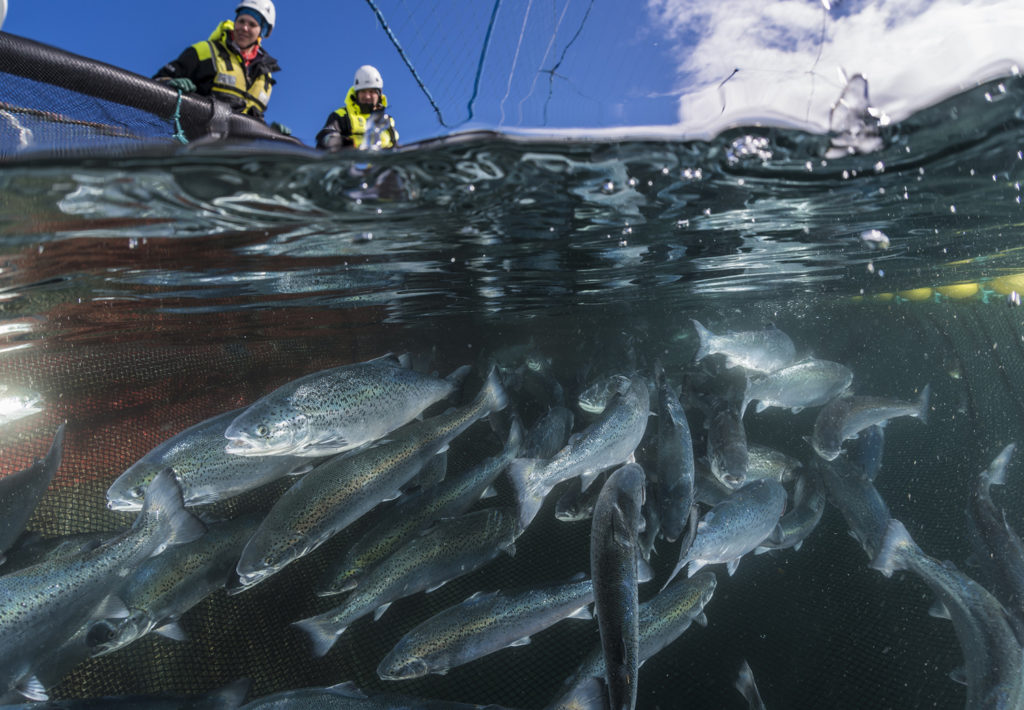
Aquafeeds
Can corn fuel aquaculture’s growth? Veramaris says yes
The benefits of omega-3 fatty acids to human health are well known. Fish need them too. To supplement current supplies from wild-caught fish, one innovative venture is turning to the corn fields of Nebraska – yes, Nebraska – for answers.



